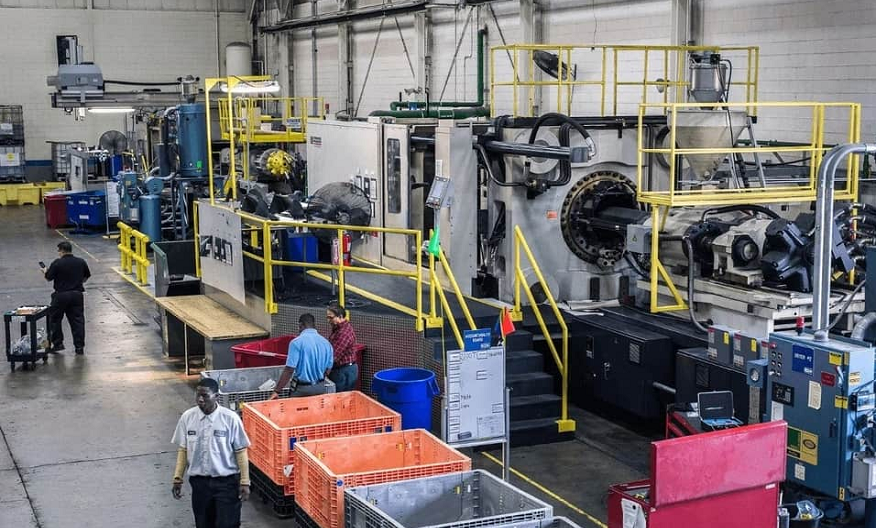
Injection Molds are shaped to house molten plastic that is mechanically forced into them. The plastic is cooled and then released from the mold.
The process requires high precision to avoid defects like parting lines, sprue marks, runners, and gates. The designing, prototyping, building, and testing phases can take months.
Material Selection
When it comes to plastic injection molds, many factors come into play. It starts with the material selection, which impacts everything from the cost and production time to the performance of the finished part.
The first step in selecting the best injection molding material is understanding that many different materials are available. Each has its benefits and characteristics that can be leveraged to achieve the desired result.
Plastic injection molding requires high pressure during the injection, packing, cooling, and ejection phases. This creates a significant amount of stress and strain on the tooling. The material must be strong enough to handle these loads, lightweight, and flexible enough for a seamless process.
Designing
Injection molding uses a metal mold, usually steel or aluminum, to shape the polymer into the desired form. This can create anything from simple parts like screws to the complex body panels of cars. Typically, the mold is designed by an industrial designer or engineer and precision-machined by mold makers.
While CNC machining can change the physical object that a machine makes, modifying a plastic injection mold after tooling is difficult and expensive. Using a CAD program during the design phase helps reduce changes after the mold is built.
Injection molds can be made from various materials, but steel is the industry workhorse.
Tooling
Injection molding is a highly versatile process. Hundreds of plastic resins are available, each with its end-use properties and processing requirements. Fictiv has design and production experts ready to help you select the best plastic resin for your project.
Tooling is the specialized equipment needed to produce quality parts in plastic injection molds. It includes the product design, making a mold to fit that product design, and using it to inject and cool the molten plastic.
A typical injection mold comprises two half tools, the core and the cavity. The core half is precision machined from a block of steel or alloy as a negative of the produced part. The cavity half is then closed with hydraulic pressure to trap the melted plastic between them. Then a small injection needle is used to blast air into the curtain of melting plastic and form it into the product’s shape.
Testing
You’ll find hundreds of different plastics and polymer blends with various end-use properties when it comes to injection molding. Choosing the right material is one of the most important steps in designing an injection-molded part, and Fictiv experts are ready to help you select the best resin for your project.
Typical commodity plastics like polypropylene and polystyrene are inexpensive, lightweight, and resistant to moisture and bacterial growth. Polycarbonate is stronger and more impact-resistant but requires high processing temperatures.
For more challenging materials, consider thermoplastic elastomers (TPE). This class of polymer has a rubber-like elasticity and can be used in place of hard plastics in applications such as footwear and gaskets. It’s also possible to inject TPE around pre-molded or machined components, known as insert molding. This is ideal for applications that must withstand repeated fastening and unfastening cycles. Tight tolerances are required; proper cooling is essential to avoid warping or other defects.
